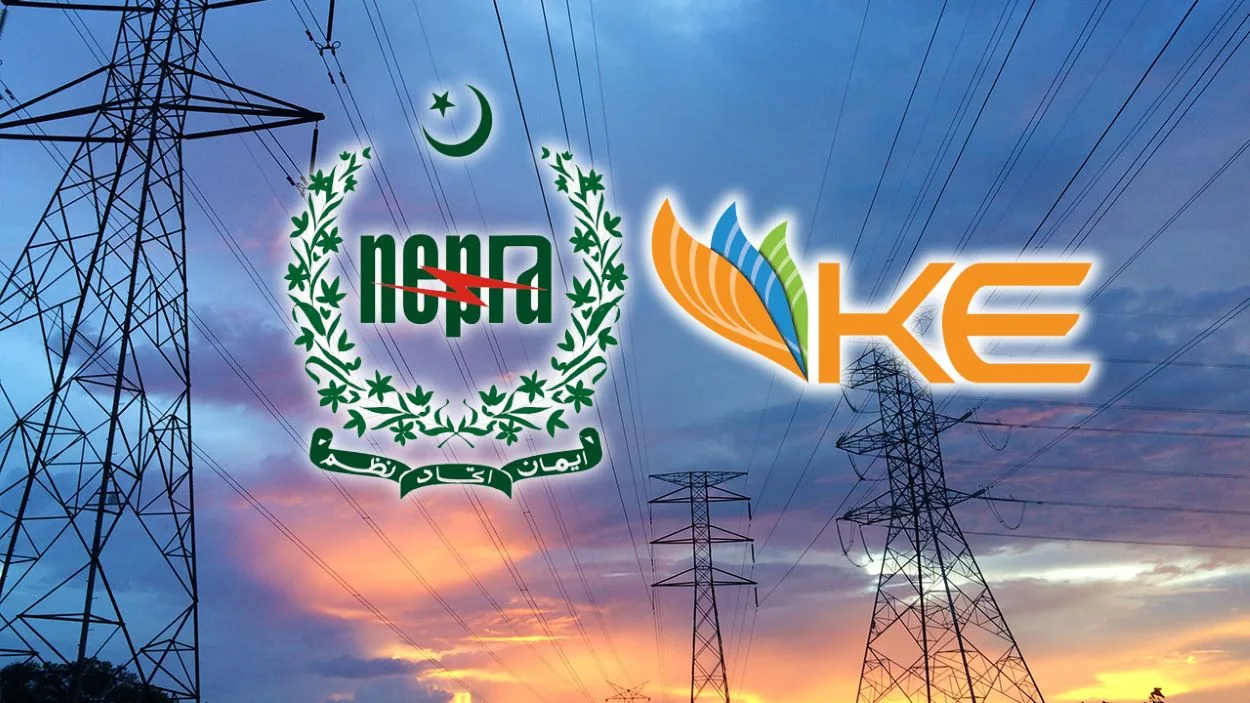On May 27, 2025, the National Electric Power Regulatory Authority (NEPRA) approved K-Electric’s request to incorporate unrecovered bills into its consumer tariff. The NEPRA set a base rate of Rs39.97 per unit for 2023-24, approximately 40% higher than the national average of Rs28 per unit for public-sector distribution companies (Discos).
This marks a significant policy shift, allowing recovery losses to start at 6.75% in 2023-24 and gradually decline to 3.5% by 2029-30.
NEPRA’s decision allows K-Electric to recover billing shortfalls, starting with a 93.25% recovery rate, which was opposed by the Ministry of Energy, which proposes a higher benchmark of 96.7%. The approved tariff includes several components: Rs31.96 for power purchase, Rs2.86 for transmission, Rs3.31 for distribution, and Rs2.28 for the supply margin, along with a negative adjustment of 44 paise. This results in a total revenue requirement of Rs 606 billion. The power supply covers 17,768 GWh, which represents 48% of the national grid, 42% of K-Electric’s generation, and 9.9% of private suppliers.
Unlike K-Electric, the tariffs established by Distribution Companies (Discos) are based on the assumption of full bill recovery at 100%. However, NEPRA’s ruling indicates that Discos may also have similar loss allowances, which could result in higher costs for honest consumers. The federal government funded the tariff gap by adding pressure on taxpayers. K-Electric’s dependence on power from the national grid enables it to provide lower rates than it could otherwise offer.
The hike, driven by rising fuel costs and grid dependency, may strain Karachi consumers, with industrial and commercial sectors facing higher operational costs. NEPRA’s decision sets a precedent for tariff reforms, which could have potential implications for Discos.






